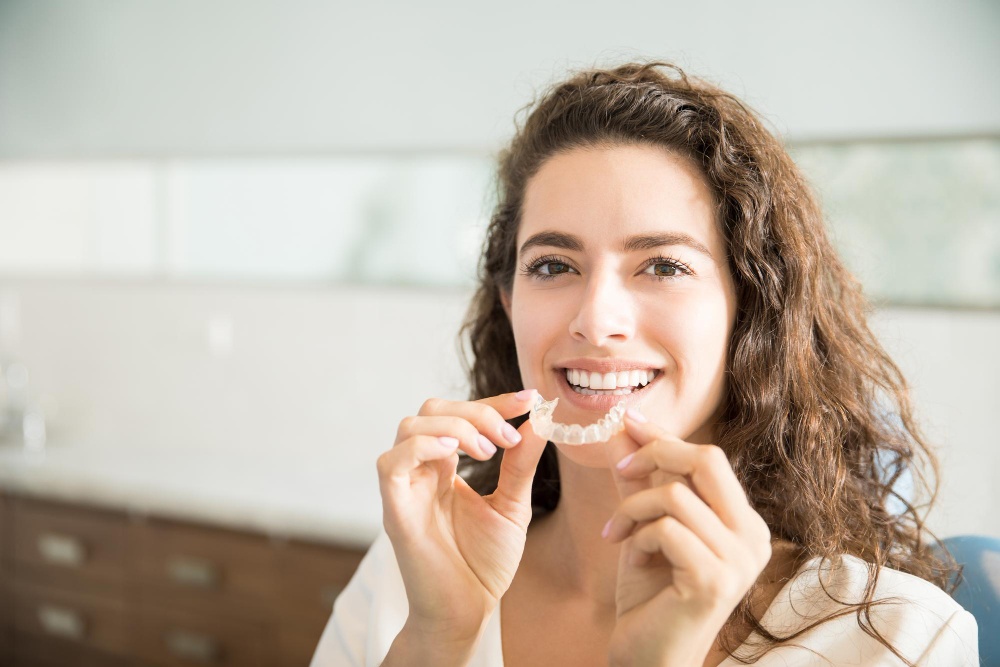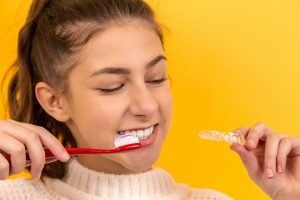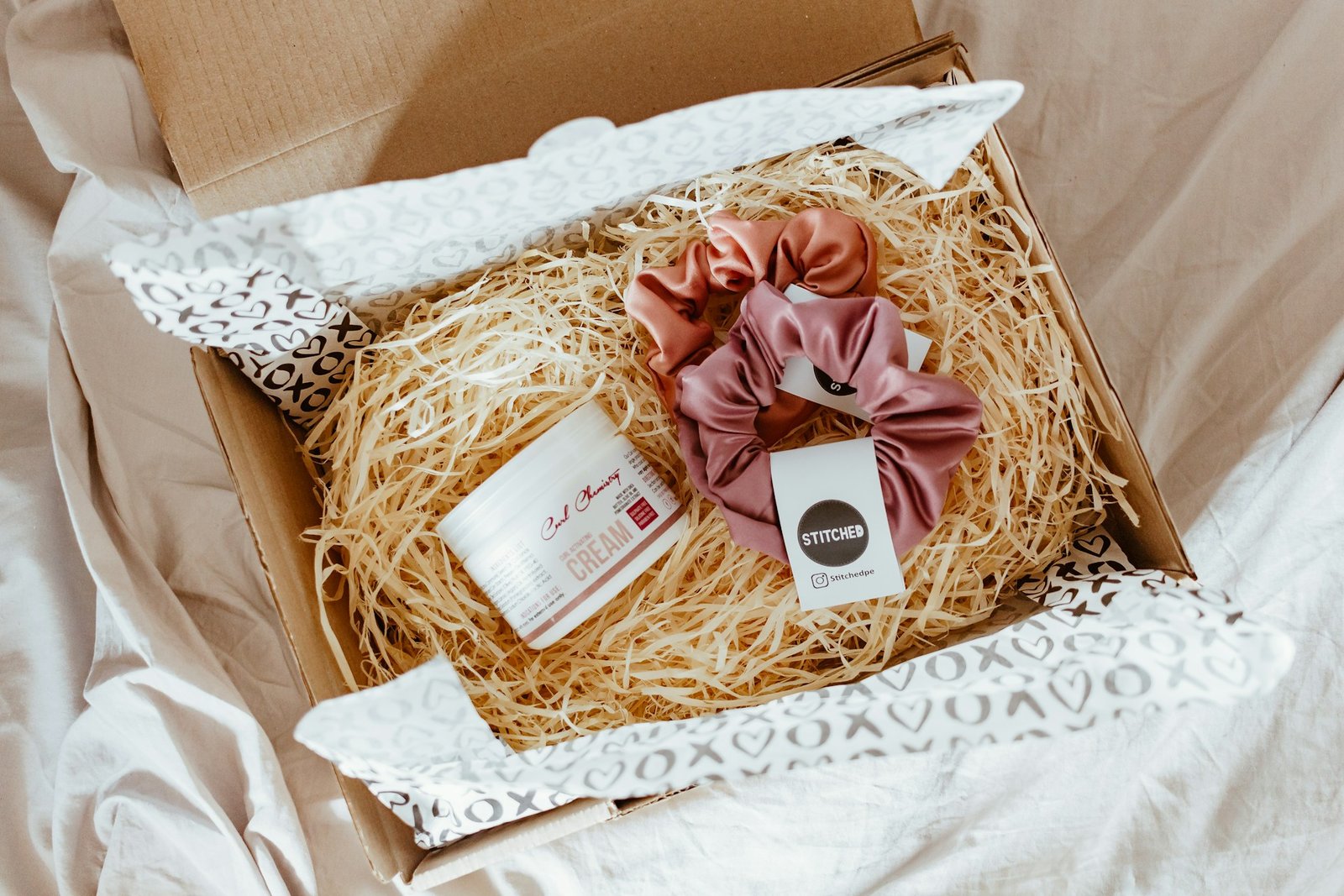Image by tonodiaz on Freepik
Everyone dreams of having the perfect smile, but it takes more than regular brushing to make it last over time. Keeping your teeth looking their best means protecting them with a quality dental retainer – an important piece of equipment used to preserve your teeth’ appearance and integrity. In this guide, we’ll cover all the essential steps necessary to maintain a healthy smile by properly caring for your dental retainer. Read more about retainers in Sydney, Australia!
Why Is Retainer Care Important?
Dental retainers are a common orthodontic appliance used after braces Singapore are removed to maintain the new position of teeth.
Retainer care is crucial to maintain oral health and preserve the results of orthodontic treatment. Neglecting retainer care can lead to numerous problems, including bacterial growth and gum infection. Bacteria can accumulate on poorly cleaned retainers and cause problems such as tooth decay and bad breath. Additionally, neglecting retainer care can decrease the lifespan of the retainer, leading to costly replacements.
It’s essential to note that the benefits of orthodontic treatment can be lost if retainers are not properly cared for. Failure to wear or care for retainers can cause teeth to shift back to their original position, undoing all the progress made during orthodontic treatment. It can lead to additional orthodontic work and increased expenses down the road.
Taking Care of Your Orthodontic Retainers
Taking care of your orthodontic retainers is essential to maintaining good oral health and keeping your teeth straight. It involves basic cleaning, proper handling, maintaining proper oral hygiene, following food restrictions, and regular orthodontist visits.
1. The Basics: Clean Your Retainer Daily
The basic steps in cleaning consist of rinsing, brushing and soaking the retainer.
Rinse
Rinsing your retainer is essential to removing food particles and plaque-causing bacteria. To do this, rinse your retainer with cold water after every meal or snack. It will help remove any debris that has been left behind.
Brush
When brushing your retainer, it is important to brush it with a soft-bristled toothbrush and mild soap or toothpaste. Gently scrub the retainer, being careful not to scratch the plastic surface. Rinse thoroughly after brushing to remove any remaining soap residue.
Soak
After brushing your retainer, it is important to soak it at least once daily. Special solutions are available for this purpose; however, you can also use mild soap in lukewarm water. Soak your retainer for 10-15 minutes and make sure the entire device is submerged. It will help loosen any built-up plaque on the surface of the retainer.
2. Handle Your Retainer with Care
Handling your retainer with care is important to avoid breaking or warping the device. Be sure to:
Remove and Store Safely
Removing and storing your retainer safely maintains its shape and ensure it continues to work properly. When removing the retainer, grasp it from both ends and gently pull it outward. Do not pull too hard or twist it, which can cause warping or breakage. Store the retainer in a plastic case designed for retainers or an airtight container. It will help protect the retainer from dirt and bacteria.
Avoid Heat
It is important to avoid exposing your retainer to extreme temperatures, as this can warp or break the device. Heat can damage plastic, so keep your retainer away from heat sources like direct sunlight, hot water, and steam.
Keep Away from Pets
It is essential to keep your retainer away from pets as they may chew on or swallow the device. Pets can also transfer bacteria to the retainer, which can cause plaque buildup and decay around the teeth. If your pet comes into contact with your retainer, clean it thoroughly before putting it back in your mouth.
3. Maintain Proper Oral Hygiene: Brush and Floss
Image by tonodiaz on Freepik
Brushing and flossing before putting your retainer back in is important, as it will help keep bacteria from transferring from the mouth to the appliance. Brushing twice daily removes plaque, food particles, and bacteria that build up on the retainer’s surface or around the teeth. Flossing helps remove any debris that has been left behind and can help reduce the risk of cavities and gum disease. This expert Invisalign dentist in West Point VA also recommends using an alcohol-free mouthwash.
4. Food Restrictions: Do’s and Don’ts
Do:
- Eat soft foods like yoghurt and applesauce that won’t damage your retainers.
- Avoid sticky or chewy foods, like taffy or gum, which can pull on the device and cause it to be uncomfortable.
- Cut hard fruits and vegetables into small pieces that are easy to chew.
Don’t:
- Avoid hard foods like nuts, popcorn, and tough meats that could strain the device or be difficult to chew.
- Don’t eat sticky or sugary foods that can stick to your retainer’s surface and promote bacterial growth.
- Avoid carbonated drinks and acidic beverages, such as coffee, tea, or soda, which can cause discolouration of the device.
5. Visit Your Orthodontist Regularly
Visit your orthodontist regularly for check-ups and appliance adjustments, even after you have completed treatment. Orthodontists can help ensure that the retainer fits properly and continues to work effectively. They also check for any signs of wear and tear, which could indicate a need for replacement or repair.
If you don’t have a dentist yet, you can always search for a term like “implants boynton beach fl” or “orthodontist near me” and it should pull up a list of experts that you can check out
Bottom Line
While caring for retainers requires effort, proper care of your retainer can protect your teeth and maintain their natural appearance and integrity. Maintaining optimal oral hygiene with regular visits to the dentist, using specially designed cleaners and brushes to take care of your retainer, and following all instructions given by your dentist are crucial parts of this process. Great teeth don’t happen overnight; if you follow the right care and maintenance, they’ll stay in tip-top shape for years!














